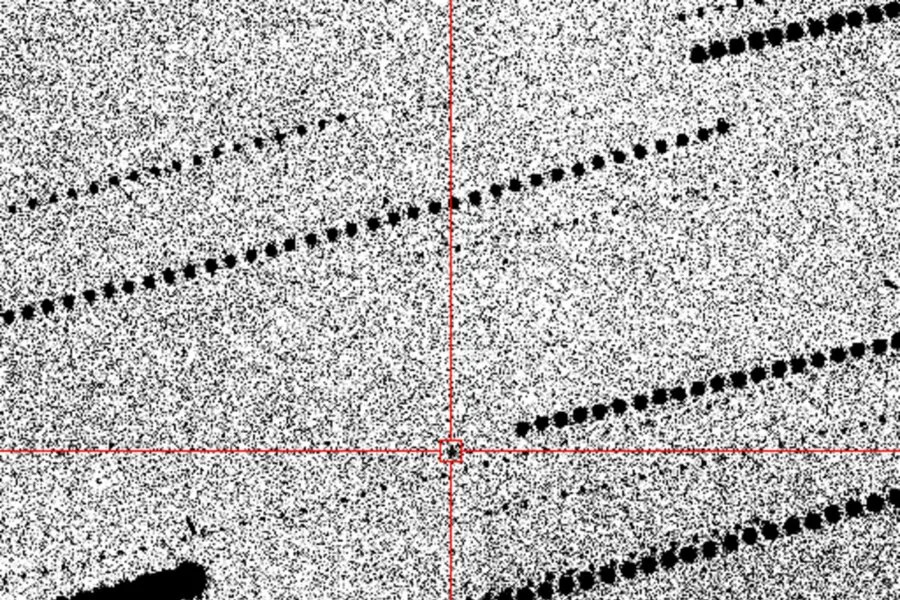World
Asteroid 2025 TF Passes Earth Closer Than Many Satellites

A small asteroid, designated as 2025 TF, recently passed Earth at a distance closer than many satellites currently in orbit. The event, which occurred on October 4, 2023, went undetected until several hours later, highlighting challenges in tracking such objects. The European Space Agency (ESA) reported that the asteroid, measuring between 3 and 10 feet in width, was detected by radar at an altitude of approximately 265 miles above Earth, near Antarctica. This altitude is similar to that of the International Space Station.
The ESA noted on its website that tracking a meter-scale object in the vastness of space, especially when its precise location is uncertain, is a remarkable achievement. According to NASA, the ESA’s planetary defense office failed to identify the asteroid until hours after it had passed. This observation was crucial for determining the asteroid’s close approach distance and timing with high precision.
Most space satellites orbit at altitudes ranging from 100 to over 1,000 miles, making the asteroid’s close flyby particularly noteworthy. While 2025 TF did not pose a significant threat to Earth, officials indicated that if it had entered the atmosphere, it could have transformed into a fireball, ultimately becoming a meteorite.
In a related context, a 2023 event recorded one of the closest approaches by a near-Earth object. Earlier this summer, NASA revealed that a larger asteroid has slightly over a 4% probability of impacting the moon by the end of 2032. However, NASA authorities confirmed this week that asteroid 2025 TF is not expected to make another close approach to Earth until approximately April 2087, which is about 62 years from now.
The ability to detect and track such objects is critical for planetary defense and ensuring the safety of Earth’s inhabitants. As space agencies continue their efforts in monitoring near-Earth objects, the recent detection of 2025 TF underscores the importance of technology and coordination in the field of space observation.
-

 Lifestyle5 months ago
Lifestyle5 months agoLibraries Challenge Rising E-Book Costs Amid Growing Demand
-

 Sports4 months ago
Sports4 months agoTyreek Hill Responds to Tua Tagovailoa’s Comments on Team Dynamics
-

 Sports4 months ago
Sports4 months agoLiverpool Secures Agreement to Sign Young Striker Will Wright
-

 Lifestyle4 months ago
Lifestyle4 months agoSave Your Split Tomatoes: Expert Tips for Gardeners
-

 Lifestyle4 months ago
Lifestyle4 months agoPrincess Beatrice’s Daughter Athena Joins Siblings at London Parade
-

 Science4 months ago
Science4 months agoSan Francisco Hosts Unique Contest to Identify “Performative Males”
-

 World4 months ago
World4 months agoWinter Storms Lash New South Wales with Snow, Flood Risks
-

 Science5 months ago
Science5 months agoTrump Administration Moves to Repeal Key Climate Regulation
-

 Business5 months ago
Business5 months agoSoFi Technologies Shares Slip 2% Following Insider Stock Sale
-

 Science5 months ago
Science5 months agoNew Tool Reveals Link Between Horse Coat Condition and Parasites
-

 Sports5 months ago
Sports5 months agoElon Musk Sculpture Travels From Utah to Yosemite National Park
-

 Science5 months ago
Science5 months agoNew Study Confirms Humans Transported Stonehenge Bluestones









